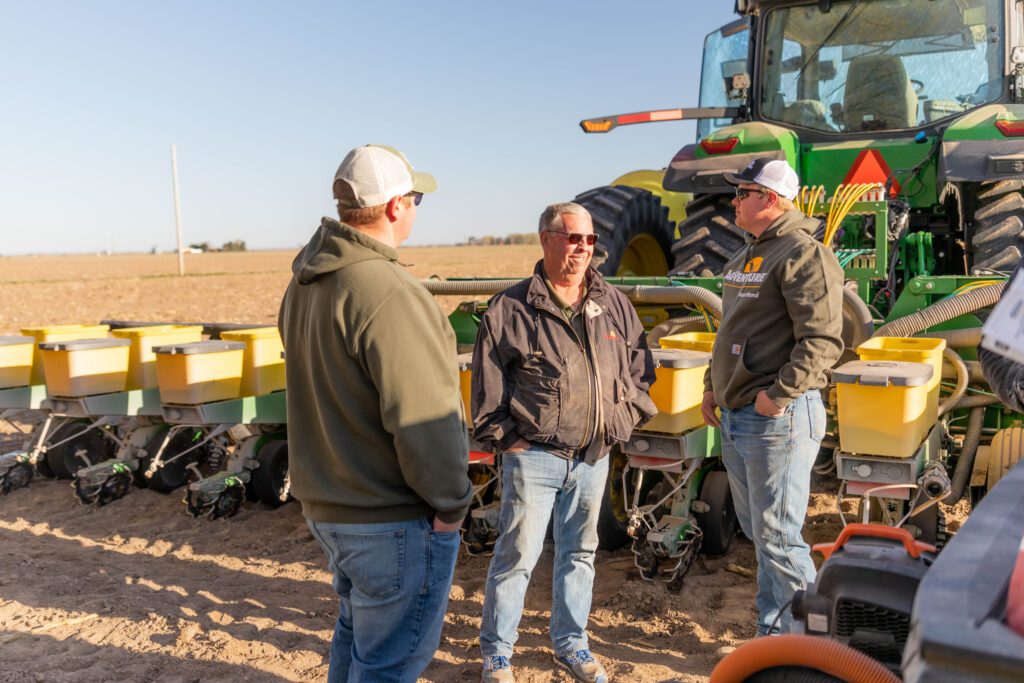
Farmers understand that the success of their crop begins with decisions made before ever setting foot in the field. There are numerous factors to look at when getting ready for spring planting. Today’s blog reviews the planting prep checklist farmers should start working on for a successful spring planting season.
What you know
From hybrid choice, crop rotation, tillage system, and nutrient placement to ensuring machinery and technology are in top-notch working condition and adjusting the actual seed planting variables can maximize corn yield potential in your fields. As you prepare this winter for spring planting, here is a checklist of items you need to review.
Action Steps
In the farm office:
- Start using AgVenture’s Maximum Profit Management System™. Enhance the knowledge you have about all your fields by working with your AgVenture Yield Specialist to analyze fields and farming practices to develop a custom cropping plan with precise placement in each field, starting at the individual seed and plant level.
In the farm shop:
- Check chains, sprockets, shear pins, and lubricate. Replace worn-out components.
- Level planters slightly uphill for maximum planting variables.
- Check bushing wear to prevent shallower planting and erratic seed distribution.
- Replace worn-out seed tubes and firmers. Watch for leaks and loose fittings throughout the planting season.
- Inspect meters for wear, seals, belts, and vacuum leaks.
- Ensure depth gauge wheels move freely and properly aligned to avoid irregular seed placement and depth variability.
- Check coulter depth and sharpness that can impact seed to soil impact.
- Align closing wheels with the opening discs.
- Perform a thorough technology check, including wiring, monitors, sensors, and data storage.
- Perform safety checks on lights, signals, slow-moving vehicle signs, secured hitch pins, and safety chains attached.
In the field:
- Uniform Plant Emergence: Achieving uniform plant emergence is essential for consistent full-ear production. Delayed emergence, influenced by factors like moisture, compaction, nutrient availability, disease, and insects, can lead to yield losses of up to 9%.
- Planting Within the Optimum Window: Yield potential decreases 2-5% as planting is delayed beyond the optimum window. Studies over 18 growing seasons emphasize that planting within the two-week period around optimum dates is key, with the central Corn Belt’s optimum date being April 16 and April 30 for the Northern Corn Belt.
- Correct Plant Population: Results from plant population trials showed that the economic optimum seeding rate increased from approximately 27,000 seeds/acre at yield levels below 130 bu/acre to over 38,000 seeds/acre at yield levels above 250 bu/acre.
- Uniform Plant Spacing (1-2% yield impact): Achieving uniform plant spacing contributes to higher yields. Skips in planting cause the most yield loss, while occasional doubles have no negative impact.
A successful spring planting season involves many steps before you get in the field and while planting. Understanding the specific factors influencing each outcome is crucial for making informed decisions during the planting season.